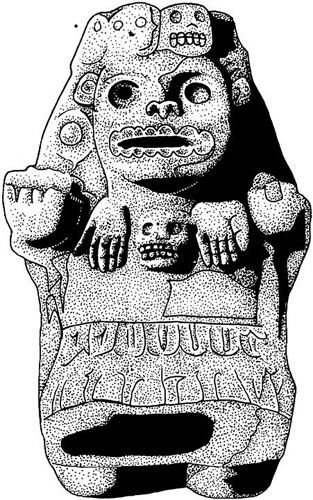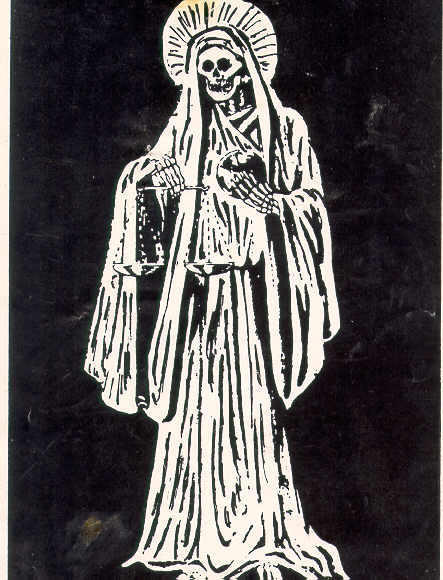Day of the Dead Lingo
From Cempasúchil to Mictecacihuatl, Six Día de los Muertos Terms Every Gringo Should Know

Ofrendas: These are the altars composed of offerings that are erected during the Día de los Muertos season to celebrate the lives of loved ones who have passed on. In addition to marigolds, pan de muerto, sugar skulls, tissue paper designs, a glass of water, and copal incense, they typically include a late relative’s photograph, favorite foods, drinks (including liquor), and beloved personal items. Modern ofrendas have become much more artistic and whimsical.

Cempasúchil: The name of a wild marigold that grows in southern Mexico, these flowers are a popular addition to ofrendas due to their brilliant orange colors. The flower’s Aztec legend involves two young lovers; when the boy dies in war, the girl asks the sun god to be reunited with him. She is turned into this 20-petal flower, whose colors are like the sun, and the boy instantly comes back as a hummingbird. Other common altar flowers are bright red cockscomb and white baby’s breath.

Mictecacihuatl: The “Lady of the Dead” in Aztec mythology, this queen ruled over the afterlife in the underworld with her husband. The legend explains that she was born but then sacrificed as an infant. Represented by a skull with mouth open, in order to swallow stars during the day, she presides over Día de los Muertos, as she did for ancient Aztec rituals centuries ago.
Pan de Muerto: Sweet pastries with crossbones and teardrop on top, these are left for the dead on ofrendas.
Sugar Skulls: These common altar pieces are quite labor intensive, often relying on sugar molds that have been passed down through the generations. Italian missionaries brought sugar art to the New World in the 17th century, and Mexicans quickly adopted their own style, adding folk-art touches of bright color, large smiles, and special adornments. Handmade versions are dying out in favor of machine-made ones.

Santa Muerte: Though officially condemned by the Catholic Church as blasphemous and akin to devil worship, Nuestra Señora de la Santa Muerte (“Our Lady of the Holy Death”) is a popular deity with an increasing number of worshippers (some estimates reach 20 million) in Mexico and elsewhere. She’s related to the ancient Aztec goddess Mictecacihuatl, and though once revered mainly in private, Santa Muerte’s skeletal iconography — often clad in a robe while holding a scythe and globe in her hands — has become a very public part of Día de Los Muertos.



